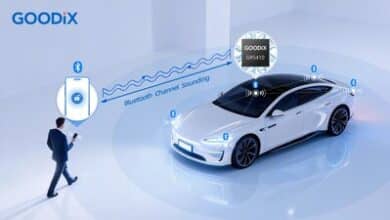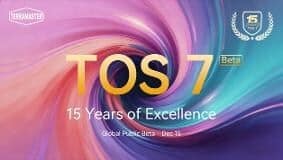Researchers from Pusan National University in South Korea have developed a biosensor using fluorescence resonance energy transfer (FRET) to detect DNA double-strand breaks (DSBs) in living specimens in real time. This development could revolutionize cancer treatment by allowing doctors to understand how cells respond to treatment, find new DNA repair drugs, and develop treatments for DNA damage-related diseases. DSBs are detected using immunostaining techniques to identify markers that accompany DNA damage, but these methods cannot be used to detect DSBs in living specimens. The FRET biosensor detects DSBs by investigating interactions between two fluorescent dyes when a conformational change happens, causing a change in the FRET signal. This sensor is more effective than immunostaining techniques in reacting to the presence of γH2AX, making it useful in drug- and radiation-induced DSBs detection. The biosensor will aid DNA damage and repair mechanisms examination, cancer treatment optimization, DNA repair drugs discovery and assessment, and identification of DNA damaging factors in the environment.
The Potential Applications of the Biosensor
- Cancer treatment: The biosensor can help doctors understand how cells respond to treatment, and facilitate the discovery of new DNA repair drugs.
- DNA damage-related diseases: The biosensor can be useful in the development of new treatments for DNA damage-related diseases by revealing how our bodies repair damaged DNA.
- Optimizing cancer treatments: The sensor can be used to examine DNA damage and repair mechanisms, which can lead to the optimization of cancer treatments.
- Discover and assess DNA repair drugs: The sensor can be used to identify new DNA repair drugs and assess their effectiveness.
- Identifying DNA damaging factors: The sensor can help identify DNA damaging factors in the environment, leading to a better understanding of how our health is affected by pollution and other environmental factors.
Associate Professor Tae-Jin Kim, from Pusan National University, Korea led the study and has said, “Moreover, as changes in the FRET signal give useful indications of the extent of the DNA damage, the sensor can also be used to examine DNA damage and repair mechanisms, optimize cancer treatments, discover and assess DNA repair drugs, and identify DNA damaging factors in the environment.”
The FRET biosensor developed by Pusan National University can detect DNA double-strand breaks in living specimens in real time, making it much more efficient than current immunostaining techniques. It is an exciting development that could revolutionize cancer treatment and lead to a better understanding of DNA damage and repair mechanisms. The sensor has many potential applications, including optimizing cancer treatments, discovering and assessing DNA repair drugs, and identifying DNA damaging factors in the environment. It is a significant step forward in the fight against DNA damage-related diseases.
Website: https://www.pusan.ac.kr/eng/Main.do



